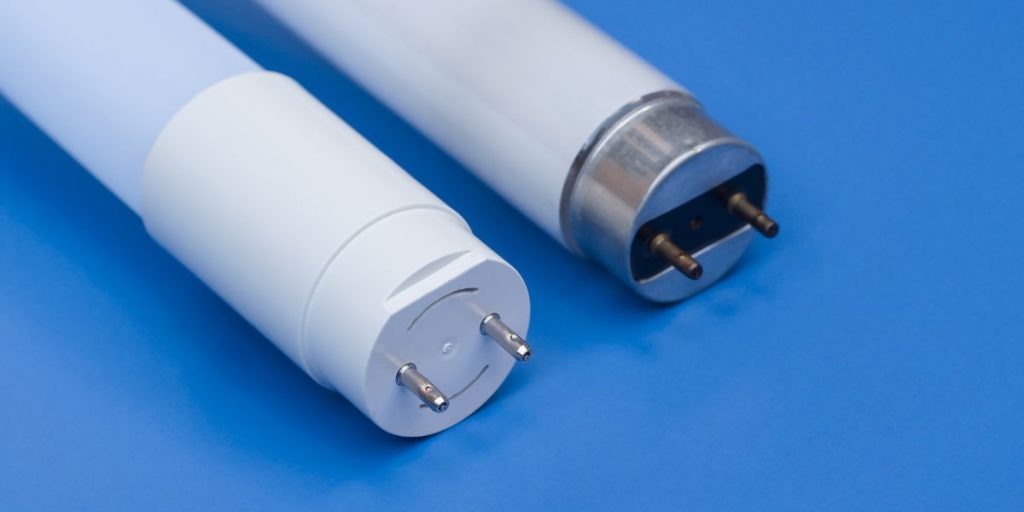As lighting technology continues to evolve, the choices available to consumers for energy-efficient solutions have grown significantly. Among these, LED Light Tubelights and LED battens have emerged as popular options for both residential and commercial lighting needs. While both serve a similar function—providing bright, efficient illumination—they differ in structure, design, installation, and application.
Understanding the distinction between the two helps ensure your chosen lighting aligns with your space, purpose, and aesthetic preference. Let’s explore the key differences between LED battens and LED Light Tubelights to guide you toward the right solution.
Design and Structure
One of the primary differences between LED battens and LED Light Tubelights lies in their physical design.
LED Light Tubelights are designed to replicate the traditional fluorescent tube light, making them a more familiar option for many users. Typically, cylindrical and elongated in shape, they often require a compatible fixture or holder for installation. Their linear structure allows for even light distribution over a broader surface, which makes them suitable for general-purpose lighting.
LED battens, on the other hand, are integrated fixtures with a slimmer, flatter profile. Unlike tube lights that need separate fittings, battens often come with built-in casings and mounting mechanisms, making them more compact and easier to install. Their sleek and minimalistic design offers a more modern aesthetic, especially in contemporary interiors.
Installation and Setup
When it comes to installation, LED battens tend to offer more convenience. Because they are integrated units, they often come ready for mounting directly onto surfaces such as ceilings or walls. This makes them popular for DIY projects or renovations where minimal modification is preferred.
In contrast, LED Light Tubelights often require compatibility with existing fittings. Retrofitting them into older tube light holders might need bypassing ballasts or rewiring, depending on the LED tubelight type. This can make the installation process slightly more complex for some users.
However, using LED Light Tubelights can be a straightforward and cost-effective transition for those upgrading from older fluorescent lighting systems, especially when the existing infrastructure is still functional.
Lighting Output and Coverage
Both LED battens and LED Light Tubelights are known for their bright and energy-efficient output. However, the way they disperse light can differ subtly due to their design.
LED Light Tubelights generally emit light more uniformly along their cylindrical surface, which makes them ideal for areas requiring widespread illumination, such as kitchens, offices, or hallways. Their beam angles tend to cover more space, which helps reduce dark spots.
LED battens, with their integrated flat panel design, often provide a more focused or directed beam. This makes them well-suited for task lighting or applications where controlled lighting is necessary, such as in workshops, study rooms, or under-cabinet setups. Some users also prefer the clean lines of battens for minimalist or industrial-inspired interiors.
Energy Efficiency and Maintenance
Both types of lighting are designed to be energy-efficient alternatives to older fluorescent systems, consuming far less power while delivering equal or better brightness. When comparing LED battens and LED Light Tubelights, the energy consumption and lifespan are generally similar, depending on the quality and specifications of the product.
However, LED battens tend to have the edge in terms of maintenance. Being sealed, integrated units, they are less prone to dust accumulation or socket-related failures. LED Light Tubelights, particularly those fitted into older holders, might face occasional flickering or connection issues if the fitting is worn or misaligned.
Aesthetics and Versatility
Aesthetic preference can also be a deciding factor between the two. LED battens are often chosen for their sleek, flush-mount design that seamlessly integrates into ceilings or wall panels. This makes them ideal for modern homes, galleries, or retail spaces where visual appeal matters as much as functionality.
LED Light Tubelights, while more traditional in appearance, remain a practical choice for spaces where function takes precedence over form. Schools, hospitals, garages, and utility rooms commonly go for these due to their simplicity and proven performance.
Another point to consider is customisation. LED battens often offer more flexibility in terms of design finishes and colour temperatures. Their integrated design allows manufacturers to create variations such as slimline models, suspended fixtures, or diffused covers that soften the light. LED Light Tubelights, while also available in different colour temperatures, offer less design variation due to their standardised form.
Application Areas
In terms of application, the choice between LED battens and LED Light Tubelights can be determined by the specific requirements of the space:
- Use LED Light Tubelights in spaces where widespread, general illumination is needed, especially if upgrading from traditional tubes.
- Choose LED battens for more targeted lighting or where a clean, contemporary look is desired, such as in new constructions or interior design projects.
Conclusion
While both LED battens and LED Light Tubelights offer excellent energy efficiency, durability, and brightness, their differences in design, installation, and light distribution set them apart. Understanding these distinctions can help you make an informed decision based on the practical and aesthetic needs of your environment.
Whether you’re renovating your home, upgrading a commercial space, or simply replacing older fixtures, selecting the right type of LED lighting will ensure optimal performance and long-term value. Whichever you choose, you’re making a smart move toward sustainable, cost-effective illumination.

